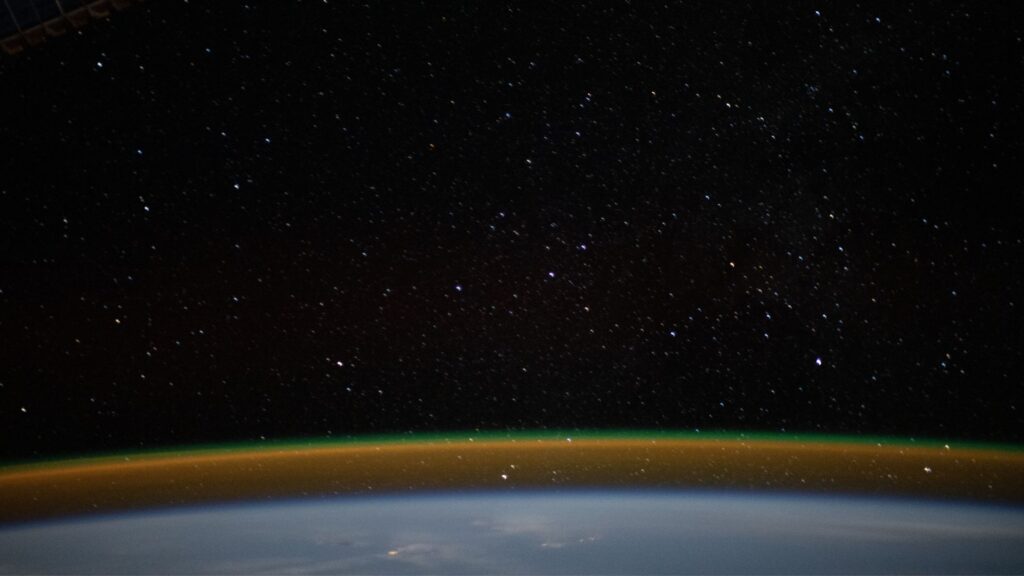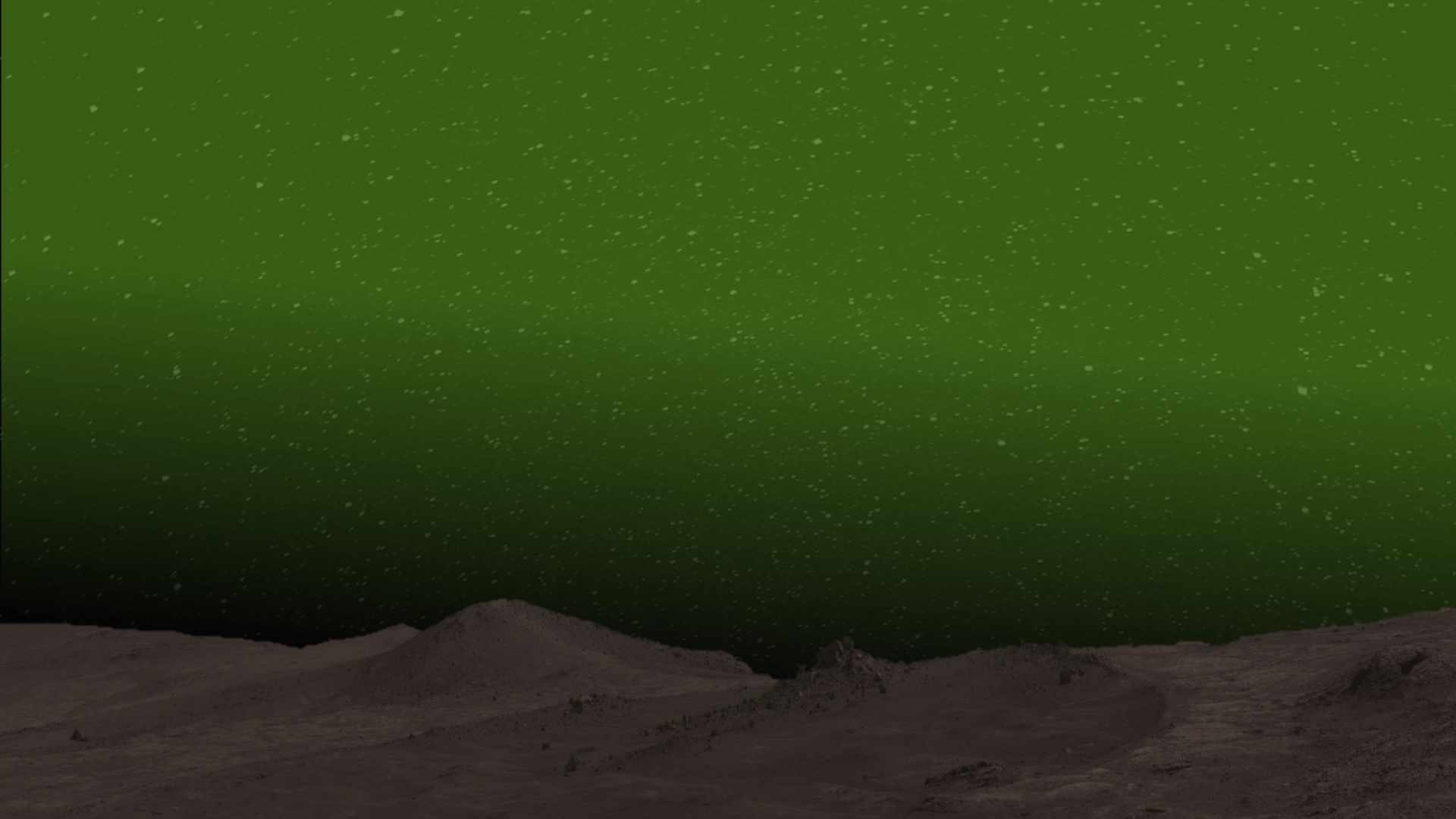A stunning green glow has been detected in the Martian atmosphere. For future astronauts exploring the poles of Mars, the sky should take on a green hue.
Mars is nicknamed the red planet. However, for an astronaut exploring the poles of the star, the sky would not be red, but rather green. This is what a new image shows very well shared by the European Space Agency (ESA) on November 10, 2023.
Advertisement
“ For the first time, a visible night glow has been detected in the Martian atmosphere by the TGO mission “, noted the ESA X account dedicated to human missions in space. It is the ExoMars Trace Gas Orbiter (TGO) mission, orbiting Mars to study its atmosphere, which reveals this astonishing green glow in the planet’s night sky. With clear enough skies, the glow could shine bright enough to be seen by humans and used by rovers to orient themselves in the night.
Such green glows also exist on Earth. Astronauts aboard the International Space Station (ISS) can often see a green band following the curvature of the Earth. “ On Mars, this was expected, but it had never been observed in visible light until now », summarizes the ESA.

Is this green glow on Mars an aurora borealis?
This glow should not be confused with the phenomenon of the aurora borealis. Both are indeed light phenomena occurring in the atmosphere. Nevertheless, ” while auroras vary in space and time, the night glow is more homogeneous », underlines the ESA. We can also clearly see the difference between the two phenomena in a short video published by the space agency (Click here to see her).
But then, where does this greenish glow detected by TGO come from? “ The green glow occurs when oxygen atoms at altitude combine to form hydrogen molecules “, explains the ESA. The combination of atoms occurs at an altitude of about 50 km above the surface. Atoms form on the day side of the planet, then migrate to the night side, where sunlight no longer excites them. They then group together and emit this curious light.
Advertisement
